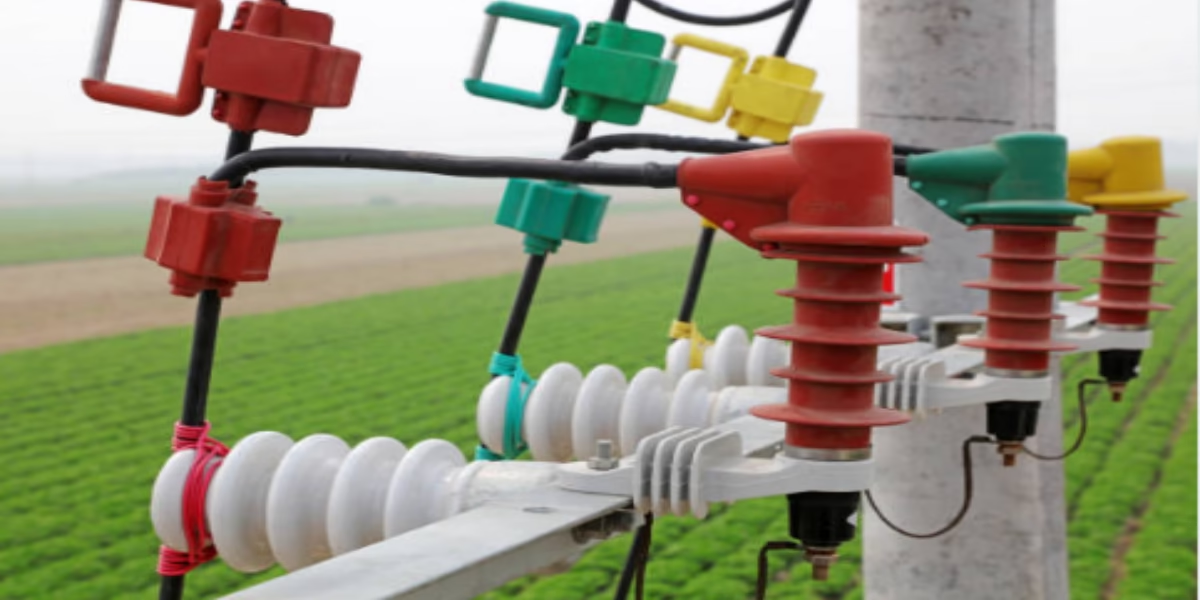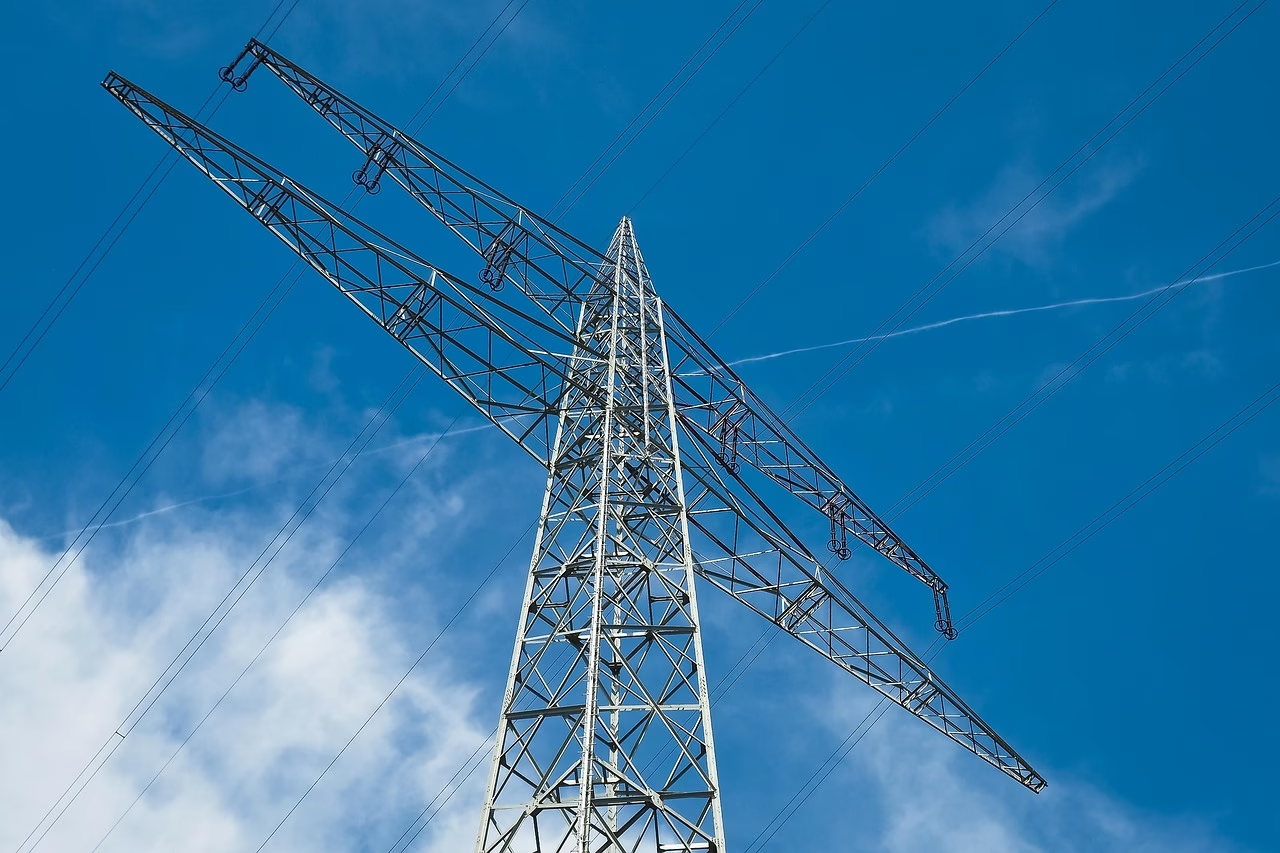In a world increasingly dominated by technology, the conveniences we enjoy often come with their share of vulnerabilities. Our homes, once serene havens of safety, now house a myriad of electronic devices, making them susceptible to the unpredictable forces of nature—especially those that come in the form of powerful electrical surges. Enter surge arresters, the unsung heroes of home safety. These devices, often overlooked and underestimated, wield the power to shield our cherished gadgets and appliances from potential devastation.In this essential guide, we will explore the critical role surge arresters play in protecting your home, delving into their workings, types, and the crucial steps you can take to safeguard your living spaces. Whether you're a tech enthusiast or a casual homeowner, understanding and implementing surge protection is a vital step toward a more secure home habitat. Join us as we uncover the ways to fortify your home against the unseen forces that threaten your sanctuary.
Table of Contents
- Understanding Surge Arresters and Their Functionality
- Choosing the Right Surge Arrester for Your Home
- Installation Tips for Maximum Protection
- Maintenance and Troubleshooting of Surge Protection Systems
- Q&A
- To Conclude
Understanding Surge Arresters and their Functionality
surge arresters play a crucial role in the protection of electrical systems by acting as a first line of defense against voltage spikes generated by lightning strikes or other electrical disturbances. These devices function by redirecting excess voltage away from sensitive equipment, thereby preventing damaging surges from traversing through your electrical system. Understanding the functionality of surge arresters entails recognizing key components such as the metal oxide varistor (MOV), which absorbs high voltage spikes, and the gas discharge tube (GDT), which provides additional protection by discharging excess energy. Together, these elements create a fail-safe mechanism that preserves the integrity of your home’s electrical installations.
moreover, it is essential to recognize the different types of surge arresters that are available for residential use.They can be categorized into various forms based on their installation and submission, such as:
- Type 1 (Service Entrance Surge Arresters): Installed at the entrance of service equipment.
- Type 2 (Secondary Surge Arresters): Placed at branch panel boards or outlet circuits.
- Type 3 (Point-of-Use Surge Arresters): Plug-in devices protecting specific equipment.
The choice of surge arrester depends on the level of protection required and the specific equipment being safeguarded. Understanding these options can help homeowners make informed decisions to enhance their infrastructure's resilience against unpredictable voltage spikes.
Choosing the Right Surge Arrester for Your Home
When selecting a surge arrester for your home,it’s crucial to consider various factors to ensure optimum protection for your electrical appliances and systems.Start by evaluating the type of surge protection required—whole-house surge protectors or point-of-use devices. Whole-house models provide extensive coverage by safeguarding all circuits, while point-of-use models protect individual devices. Additionally, consider the voltage rating and surge current capacity of the arrester. Devices with higher ratings can handle more significant surges, offering better protection against lightning strikes and power fluctuations.
Another essential aspect is the response time of the surge arrester; a faster response time minimizes the risk of damage to your electronics.It's beneficial to look for arresters certified by relevant safety standards,such as UL 1449,which ensures reliability and effectiveness.You should also weigh the installation requirements—some models may need professional installation, while others can be easily set up by homeowners. Here’s a swift comparison to help you narrow down your options:
| Feature | Whole-House Surge Protector | Point-of-Use Surge Protector |
|---|---|---|
| Coverage | All circuits | Individual devices |
| Installation | Professional recommended | DIY pleasant |
| Response Time | Fast | Varies |
| Cost | Higher initial investment | Generally lower |
Installation Tips for Maximum Protection
When installing surge arresters, it's crucial to consider their placement for optimal effectiveness. Position surge protectors as close to the devices they are safeguarding as possible. This minimizes the distance that a surge can travel, thereby reducing the risk of equipment damage. Additionally, make sure to connect the ground wire firmly to the grounding system of your home; a poor ground connection can severely diminish the protective capabilities of the arrester. Consider using dedicated breakers for your surge protectors to prevent overload due to multiple devices sharing the same line.
A well-organized installation can enhance safety and performance. Be cautious of environmental factors that may affect the integrity of your surge arresters,such as moisture or extreme temperatures. Installing a weatherproof cover can protect outdoor units from the elements. Furthermore, it’s advisable to maintain a consistent visual inspection schedule to check for wear and tear. Keep a checklist to track any visible damages or signs of failure to ensure that your systems remain in peak working condition:
| Inspection item | Frequency |
|---|---|
| Visual Damage Check | monthly |
| Ground Connection Integrity | Quarterly |
| Device Functionality Test | Biannually |
maintenance and Troubleshooting of Surge Protection Systems
Proper maintenance of surge protection systems is crucial to ensure they function effectively and provide the necessary safety for your home electronics. Regularly checking the units for signs of wear or damage can prevent costly repairs or replacements down the line. Consider implementing the following maintenance tips:
- Visual Inspections: Routinely examine surge protectors for any burn marks or unusual smells.
- Indicator Checks: Ensure that the LED indicators on your devices are illuminated, which often signifies proper functionality.
- Replacement Intervals: Adhere to manufacturer recommendations regarding replacement, typically every 2-3 years, or sooner if damage is evident.
Troubleshooting issues with surge protection can sometimes be straightforward, but understanding root causes is essential. If you experience frequent electrical surges, it might indicate that your surge protector is overloaded or failing. Follow these simple troubleshooting steps:
- Identify the Source: check if recent storms or heavy appliance use could be causing the fluctuations.
- Reposition the Unit: Ensure that the surge protector is plugged directly into a wall outlet, rather than daisy-chaining with multiple extension cords.
- Testing with a Meter: Use a multimeter to check the voltage input; a consistent reading above 120 volts could indicate a problem.
| Issue | Possible Cause | Solution |
|---|---|---|
| Frequent Surges | Overloaded Circuit | Redistribute appliances across different outlets. |
| Indicator Light off | Power Loss | Check outlet power or replace surge protector. |
| Burn Marks on Unit | Device failure | Unplug promptly and replace the device. |
Q&A
Q&A: Protecting Your Home - The Essential Guide to Surge Arresters
Q1: What exactly is a surge arrester,and why do I need one?
A1: A surge arrester is a protective device designed to safeguard electrical equipment from voltage spikes,often caused by lightning strikes or power surges. Imagine your home’s electrical system as a well-guarded castle; a surge arrester acts as the drawbridge, preventing those sudden, destructive forces from breaching your defenses. Not having one puts your electronics—like TVs, refrigerators, and computers—at risk of damage, which can lead to costly repairs or replacements.
Q2: How do surge arresters function?
A2: Surge arresters work by redirecting excess voltage to the ground. Think of them as a safety net that catches the unexpected jolts of electricity while ensuring your home remains insulated from the chaos. They detect a surge in voltage and provide a pathway for the excess energy to dissipate harmlessly, thus protecting your devices from becoming overwhelmed.
Q3: Are all surge arresters the same? What's the difference between them?
A3: Not all surge arresters are created equal! They come in various forms, including whole-house surge protectors, point-of-use protectors (like power strips), and plug-in devices. Whole-house surge protectors defend your entire electrical system at the point of entry, while point-of-use protectors are best for individual devices. Depending on your home’s needs and the value of your electronics, you may want a combination of both types to ensure comprehensive coverage.
Q4: How do I choose the right surge arrester for my home?
A4: Selecting the right surge arrester can feel overwhelming, but here are a few considerations: Identify the devices you want to protect, check the surge protection rating (measured in joules), and assess the clamping voltage (the voltage at which the arrester activates). Higher joule ratings offer better protection, just like a thicker castle wall.For whole-house options, consider consulting an electrician for recommendations tailored to your home’s electrical system.
Q5: Can surge arresters go bad over time? How do I know when to replace one?
A5: Yes, surge arresters don’t last forever. They absorb surges, and once they hit their capacity, they can lose effectiveness—often without any warning. Many devices have indicator lights to show they’re still operational. If your surge protector has lost its protective capacity, it’s essential to replace it immediately to maintain the safety of your electronics.
Q6: Are surge arresters worth the investment?
A6: Absolutely! Investing in surge arresters can save you a significant amount of money by preventing damage to electronics and appliances. Consider it a form of insurance for your devices; a small price to pay for peace of mind and protection against the unpredictable forces of nature and power surges.
Q7: Is installation of surge arresters elaborate?
A7: Installing point-of-use surge protectors is generally straightforward—plug and play! Though, whole-house surge protectors frequently enough require installation in the electrical panel, which is best left to a licensed electrician. Professional installation ensures that the arrester is properly integrated into your home’s electrical system, maximizing its efficiency and protection.
Q8: Any additional tips to enhance my home’s surge protection?
A8: Beyond surge arresters, consider these enhancements: Unplug devices during storms, use high-quality power strips with built-in surge protection, and ensure your home’s wiring is up to date. Regular maintenance and awareness can go a long way in fortifying your home against electrical surges.
Protecting your home with surge arresters is an essential step in ensuring the longevity of your electronic devices and the safety of your electrical system. With a little foresight and preparation,you can create a shield against the unpredictable nature of electricity.
To Conclude
ensuring the safety and longevity of your home’s electrical system is a crucial step in safeguarding your sanctuary.Surge arresters serve as sentinels, quietly standing guard against unexpected power surges that could potentially wreak havoc on your cherished devices and systems. By understanding their importance and implementing the right protection strategies, you can create a fortified environment that withstands the unpredictable nature of electrical currents.
As you move forward, consider the unique needs of your home and lifestyle. Whether you’re embarking on a renovation project,looking to upgrade your current protection,or simply wanting to gain peace of mind,the information in this guide will serve as your roadmap. Remember, being prepared is not just a precaution; it’s an investment in your home’s future.
So, take a moment to reflect on your home. With the right surge protection in place, you can rest easy knowing that your space is not only a haven for you and your loved ones but also a shielded fortress against the whims of lightning and voltage spikes.Protect your home, protect your peace of mind—because true security starts with understanding and action.





